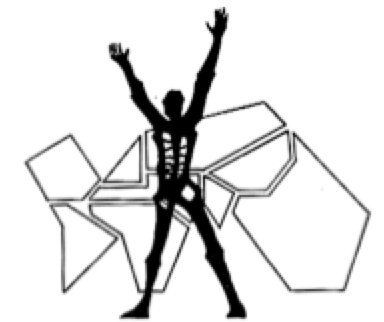RELATIONAL
The Relational curriculum deals with the child’s relationships to family, community, city, nation, world, and universe as one who is an economic, political, and cultural human being. The economic process is that social process by which society provides for its actual physical existence. Without it there would be no political or cultural development. The economic process sustains individual life and the life of each society. It calls for social organization and provides for areas to create common understanding. In every human society, the political process comprises the activities of structuring the given raw power, or order; implementing the will of the people, or justice; and serving the corporate wellbeing, or welfare. The cultural process is the rational pole of the social process. It injects meaning into life and thereby gives significance to all the aspects of society. It is on the basis of wisdom, style and symbols that every political decision is made and every economic product distributed.
In the Relational area the child is made aware of being related through events, discussion and art activity. For example, in the area of the economic the class might take a trip to a farm and watch cows being milked, or to a factory where bottles are being filled and talk about the work involved, the process of distribution, the need for money to buy the product etc. In talking about the political process one might use puppets and act out the different ways that decisions are made in the family and the different roles that family members, particularly the child, play. To bring self-consciousness to the cultural arena the teacher might act out the style of the particular neighborhood that the children live in and have visitors from other countries demonstrate styles of dress, language, eating, movement etc. The children might then use clay to model several of these styles followed by placing them on a map of the world to demonstrate the great variety of cultures in the world.
